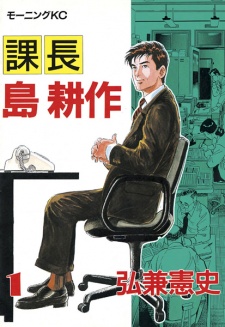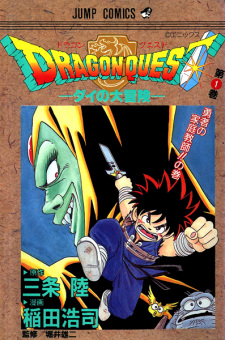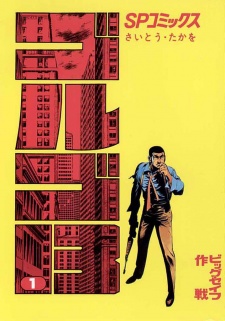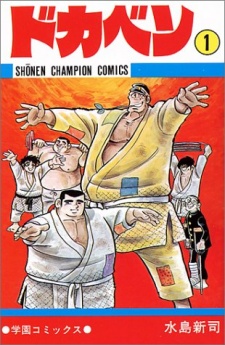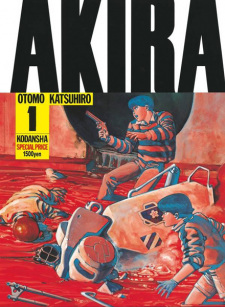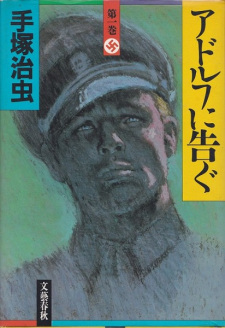Dec 27, 2019
Why would anybody want to read about the life of a Japanese white-collar worker at a fictional Japanese conglomerate?
The hit story of "Kachou Shima Kousaku" is told in episodic arcs spanning multiple chapters, which are tied into the development of the protagonist as well as the company and the economies of Japan and the world between 1983 and 1992.
Even though a story about an office worker may seem to be very dry, this manga manages to deliver a well-paced story about the usual and unusual happenings in both the professional and personal lives of the characters.
Being set in a fictional company modelled after Panasonic (formerly
...
Matsushita) allows the story not only to take place in various Japanese offices, bars and homes, but also in both the US East and West coast or the Philippines and Thailand, depicting not only the obvious cultural and economic differences, but also how people react and adapt to the rise of Japanese companies in the global economy.
Being a contemporary story, it also opens a window to look at attitudes towards the historical events during that period, for example the fall of the Soviet Union or the takeover of American companies by foreign investors.
While the plot of the manga is driven by literal serious business, it depicts a diverse array of human relationships, ranging from quibbles between coworkers, families that may only seem happy on the surface to the ever-present fights between fractions, but also the hope for a better future or profound love.
The art style is a realistic one, which fits the story very well.
Some characters may be depicted a bit over-the-top, which on the other hand makes them memorable, as they may disappear and reappear during the long-running story.
The backgrounds can be very detailed, it is evident that the author knows the places and wants the readers to feels as if they've been there in person as well.
The characters make the story and not only are there a lot of them, but the absolute majority of them are well-rounded, with both strengths and weaknesses that make them act with or against the protagonist.
While even minor characters develop during the story, it is always a pleasure to have a side character being put into the spotlight, giving the reader insight into their inner conflicts, which in turn makes past or future events look completely different.
The protagonist, Mr. Shima is obviously the most detailed character, with both strengths that are admired and resented by people, but also character flaws that influence both him and others personally.
He also undergoes some serious character development during the series, sometimes resulting in a complete turnaround of views, which feels very natural for such a long story.
While it can be said that he always ends up on winner side (as evidenced in the existence of countless sequels), the path of a story is not a straight one, with countless setbacks and sacrifices, which also affect the protagonist deeply.
A real strength of the series is the diversity of characters in all aspects, which allows the story to both go into depth and breadth as well as challenge existing thoughts of both the characters in the story as well as the reader.
While a story about office work may sound tedious, the work itself is often used as a pretext for other happenings such as drama, action, sex and crime, making it difficult to put down the book during an arc.
The series also has a high re-readability value by being able to revisit into past events and look back at past characters.
I'd recommend this manga (including the prequels and sequels) to anybody with an interest in contemporary Japanese business culture, if you'll read it in the original Japanese version, you'll get a lot of business vocabulary as a bonus.
Reviewer’s Rating: 9
What did you think of this review?
Nice
 0
0
Love it
 0
0
Funny
 0
0
Confusing
 0
0
Well-written
 0
0
Creative
 0
0Show all
